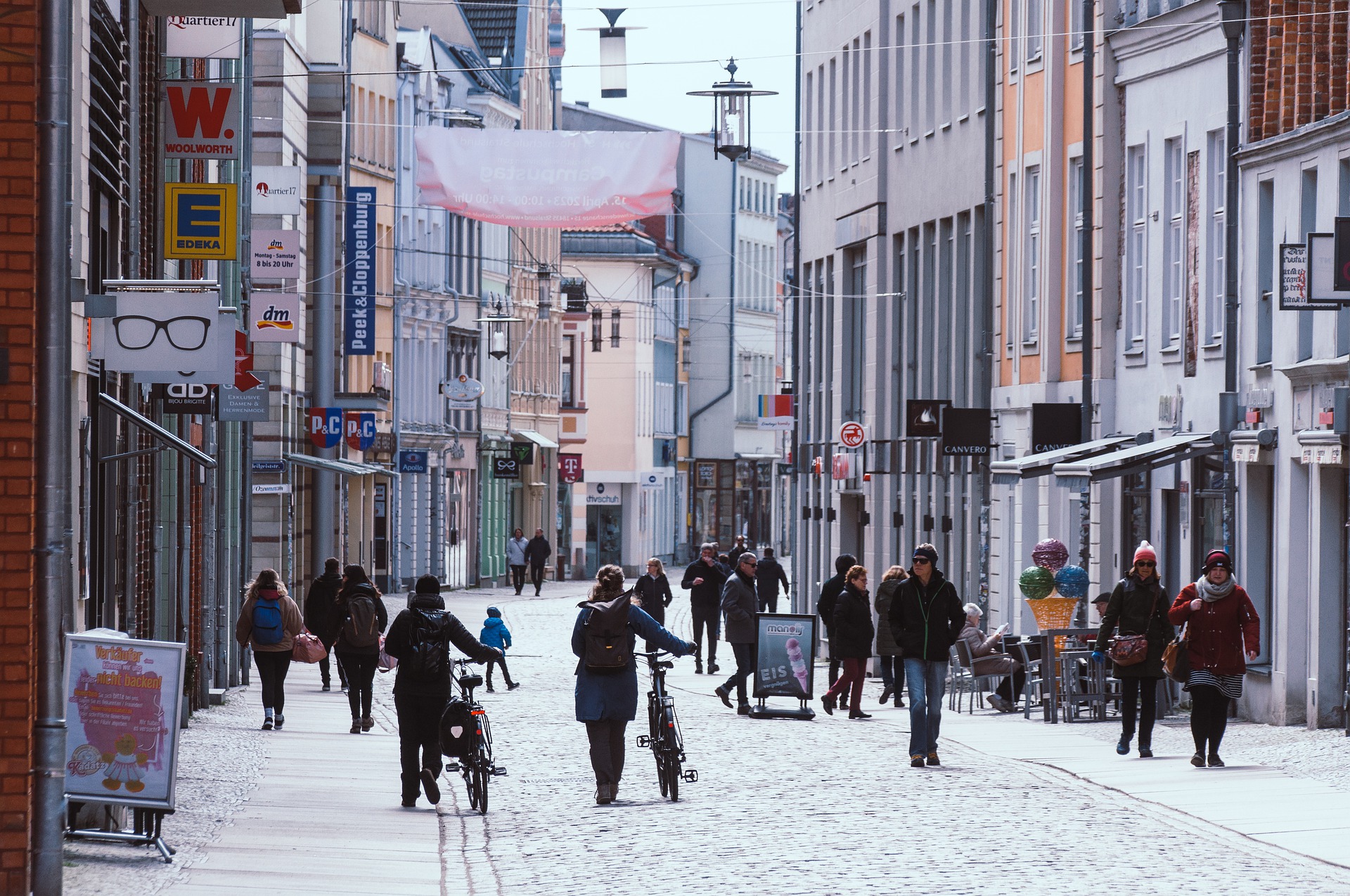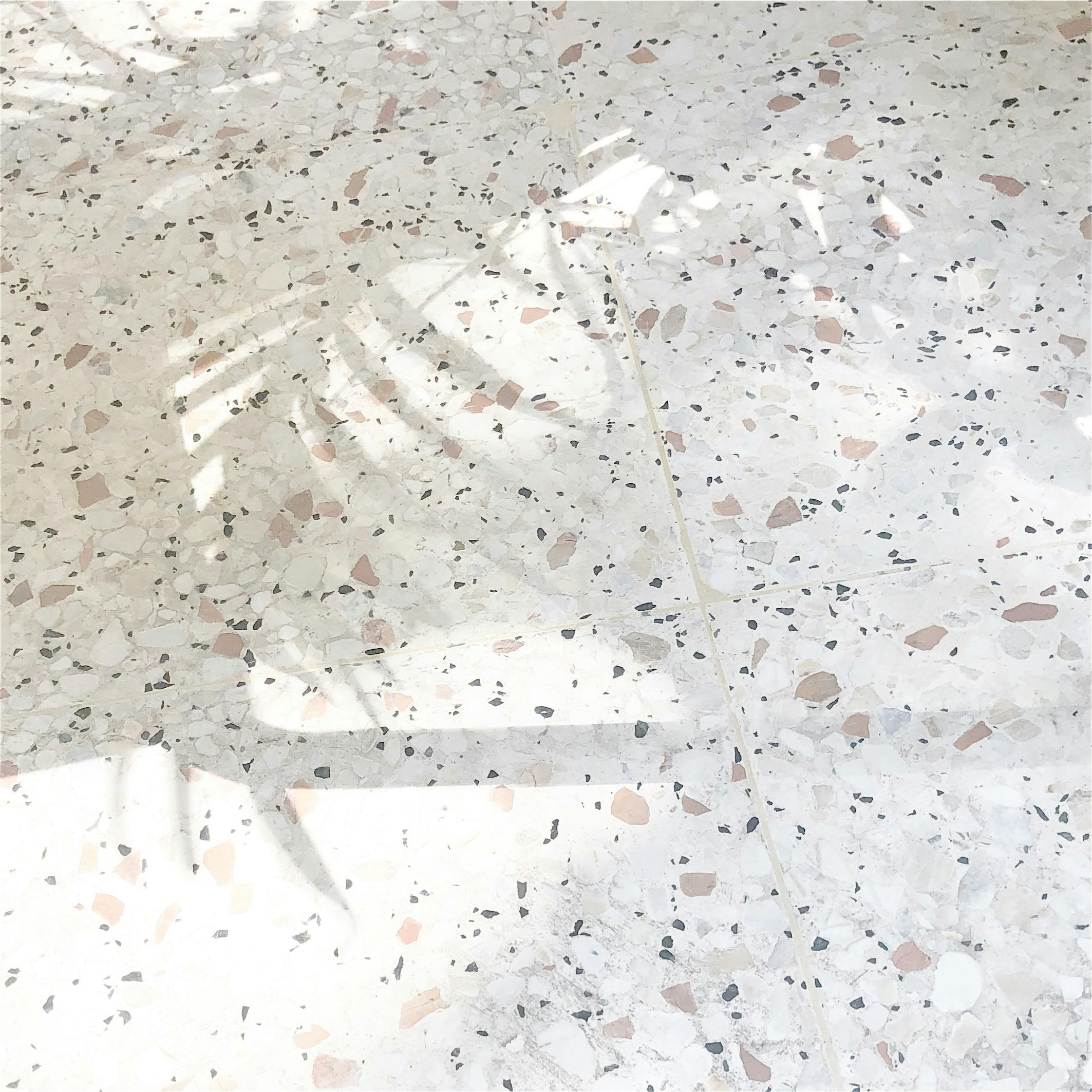"Unraveling the Intricacies of Androgynous Fashion: A Modern Style Phenomenon"
The world of fashion is a vibrant tapestry, threaded with countless styles and trends. Among these, one that has stirred a significant buzz in recent years is androgynous fashion. This style, which blurs the lines between traditionally masculine and feminine clothing, is no longer a niche trend but a mainstream phenomenon. Let's delve deeper into this fascinating fashion movement and its influence on consumers and designers alike.
A Brief Overview of Androgynous Fashion
The term “androgyny” is derived from the Greek words “andr,” meaning man, and “gyné,” meaning woman. In the context of fashion, it refers to a style that blends typically male and female elements, creating a look that is gender-neutral or gender-fluid. Historically, androgynous fashion can be traced back to the 1920s and 30s, when women began to adopt more masculine clothing styles, such as trousers and blazers, as a statement of equality. However, it wasn’t until the late 20th century that androgynous fashion started to gain mainstream popularity, thanks largely to pop culture icons like David Bowie and Annie Lennox.
The Rise of Androgynous Fashion in the Modern Era
Fast forward to the present day, and androgynous fashion has evolved into a notable trend in the industry. The modern interpretation of androgyny goes beyond just style—it’s also a statement about breaking away from traditional gender norms and embracing individuality. This is reflected in the collections of many high-end designers and fashion houses, such as Gucci, Prada, and Marc Jacobs, who have incorporated androgynous elements into their designs. Moreover, a growing number of retailers are now offering unisex or gender-neutral clothing lines, demonstrating the widespread appeal of this trend.
The Appeal of Androgynous Fashion
But what is it about androgynous fashion that appeals to consumers? One reason is its inclusivity—by blurring gender boundaries, it allows individuals to express their identities in a way that feels true to them. Additionally, androgynous fashion can offer a sense of freedom and flexibility, as it encourages mixing and matching different styles and items without being confined by traditional gender-based fashion rules.
The Influence of Androgynous Fashion on Consumer Behavior
The rise of androgynous fashion has also influenced consumer behavior. According to a survey conducted by the NPD Group, a global market research company, more than a third of millennials prefer to shop for clothes that are marketed as unisex. This trend is likely driven by a shift in societal attitudes towards gender, with younger generations being more open to exploring non-binary identities and expressions.
Practical Insights into Androgynous Fashion
-
Experiment with Different Styles: Don’t feel restricted by traditional fashion rules. Mix and match different items and styles to create a look that expresses your individuality.
-
Invest in Versatile Pieces: Items like blazers, button-down shirts, and straight-leg jeans can be styled in various ways and are key components of an androgynous wardrobe.
-
Play with Proportions: One of the trademarks of androgynous fashion is playing with proportions. For example, pairing an oversized blazer with skinny jeans can create an androgynous look.
-
Focus on Comfort: Above all, comfort is key. Choose clothes that you feel comfortable and confident in, regardless of whether they’re traditionally masculine or feminine.
In conclusion, androgynous fashion is more than just a passing trend—it’s a reflection of changing societal attitudes towards gender and individuality. By blurring the lines between masculine and feminine, it allows for greater expression and inclusivity in fashion. Whether you’re a fan of this style or curious to explore it, one thing is clear: androgynous fashion is here to stay.







